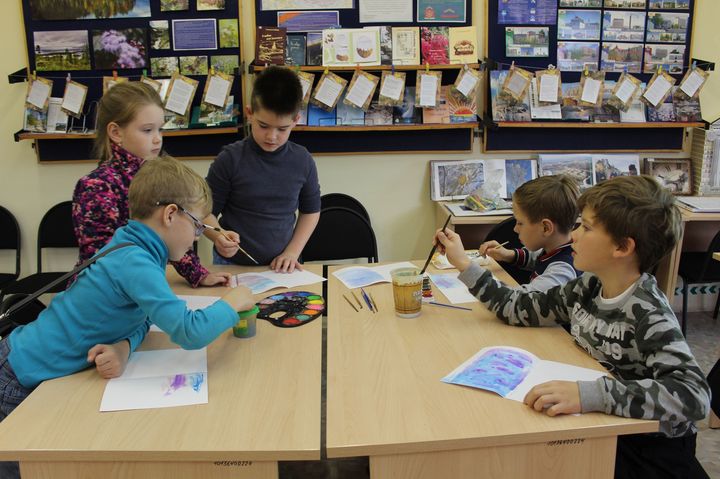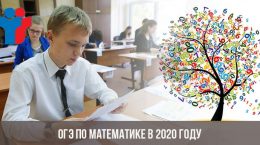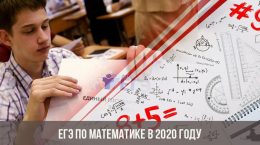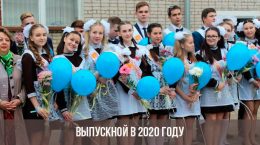Content [Hide]
For parents who work full time, an extension is a vital necessity - after all, classes in elementary school end at 12-13 hours. There are not so many families who can afford the services of a nanny or use the help of grandmothers, and the rest think in advance about the options for what their children will do after classes in the 2019-2020 school year.
Extended Day Group Tasks
An extended day group in primary school was ubiquitous in Soviet times. After classes, the teacher, who most often taught in parallel at one of the elementary classes, studied with students. Its functions included the organization of homework, active recreation, and the organization of creative leisure.
Today, the extension features have changed a bit. There is no detailed legislative regulation of such activities; in the law “On Education in the Russian Federation” the extended-day group is mentioned only in paragraphs 7 and 8 of Article 66. Her role is defined as "childcare." Today, in most educational institutions, the extension performs the following tasks:
- Staying a child after classes in a room that meets the requirements of safety and hygiene (most often these are classrooms, sometimes additional facilities for recreation are used).
- Providing conditions for active and safe recreation (on the street).
- Attracting qualified personnel.
- Organization of developing and creative leisure, as well as the allocation of time for independent studies.
The stay is usually limited to 18 hours, some children stay up to 14, others up to 16 hours, depending on the ability of parents. At the same time, the payment may vary depending on the duration, or be uniform, regardless of the number of hours actually spent.

Types of Occupation
In addition to the main task - to ensure the safety of the child - many schools also offer additional classes. They can be both educational and creative. As a rule, the teacher of the extended group does not conduct such circles himself, but escorts and meets the wards. Similar classes are held on the school premises and are paid separately.
An important issue for parents is how students complete their homework during these hours. The educator does not have a direct responsibility to ensure its implementation. If the stay in the group is limited to 2-3 hours, then you may not have time to take independent lessons, if the student remains until the evening, then the lessons become a necessity. Responsibility for its implementation is the responsibility of the student. Special time is allotted for this, but the teacher is not required to check the correctness or explain the training material.
Advantages and disadvantages
Staying in an extension has its positive and negative sides. The pluses include the following points:
- the child has more time and opportunities to adapt to study,
- he gets to know other students and teachers who teach in the extended group,
- visiting sections and additional classes,
- active outdoor games are combined with creative and educational activities.
However, there are certain disadvantages:
- it is psychologically difficult for a child to spend so much outside the home - after all, a school differs from a kindergarten with a rich curriculum;
- after 7-8 hours, the children's nervous system overwork, fatigue accumulates - the result of which are evening tantrums;
- playing in the classroom after school, it is harder for a student to keep discipline during class.
In any case, the decision to visit an extended-day group is left to the parents, who take into account the individual characteristics of the child.

Caretaker Functions
In Soviet times, one of the teachers conducted the extension most often. However, today many schools invite educators for this purpose. In any case, this should be a person with pedagogical competence, but he will not conduct additional classes related to the curriculum.
The teacher must:
- ensure the safety of students
- organize their independent and creative activities,
- escort inside the school to mugs and sections,
- conduct walks in the schoolyard,
- By agreement with the parents and school administration, students can attend theaters and exhibitions.
Thus, neither the explanation of the educational material, nor the control over the implementation of the lessons are included in the functions of the GPA educator.
Cost
The price charged for the extension is determined by the financial capabilities of the educational institution. All budgetary funds allocated to the school have an educational focus. Since the tasks of the extension are primarily aimed at providing safe conditions for the development of creative and educational skills, they relate more to educational activities.
Such services are regarded as additional. In accordance with paragraph 8 of article 66 of the law "On Education", school management has the right to establish payment for them. Any rules governing its size of the board. Thus, how much the extension costs in the years 201-2020, the school decides.

In some regions, the free format is still found. This is due, first of all, to the budget policy - special funds should be allocated for financing the GPA. However, since schools today must reach the “self-sufficiency” indicator, most educational institutions charge a fee for GPA services. Some institutions have an hourly rate, which is convenient for parents who leave their children for 2-3 hours.
At the same time, prices vary greatly even within the same region. For example, in Moscow in 2018, the cost ranged from 600 rubles. up to 15000 rub. The average price for the capital was 3000 rubles. per month. Although in most regions the average cost does not exceed 4000 rubles, in some entities (Kursk, Sverdlovsk region) it reaches 7-8 thousand. Most parents consider this amount to be unreasonably high, given that meals and sections are paid separately.
Please note: if the extension is paid, the parent must be provided with a service agreement. This document is proof that this money has a targeted direction, in addition, it lists the obligations of the parties and the services provided.
Read also:






















